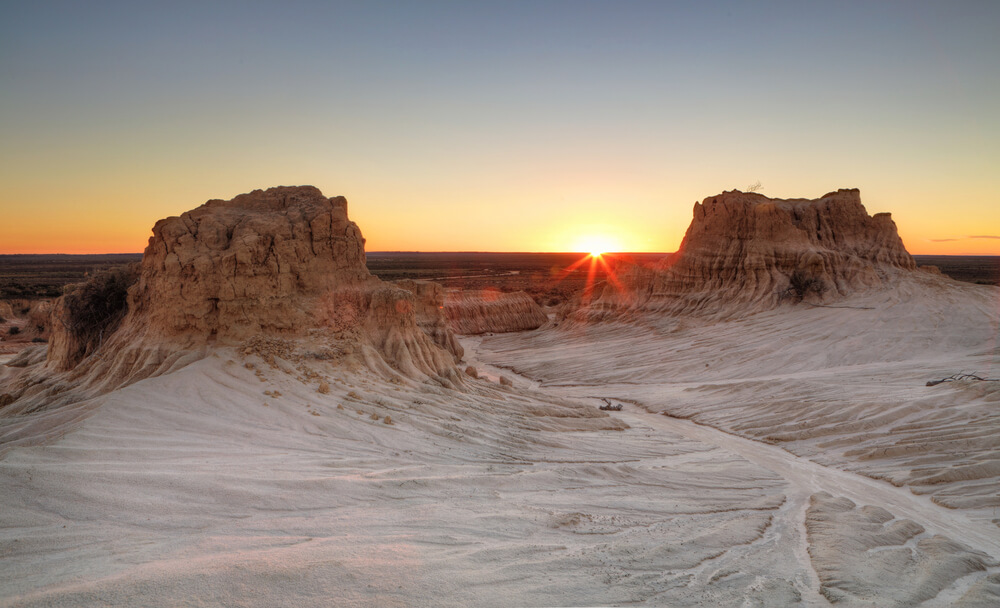Иван Кауков, президент на Австралийската азиатска търговска камара и индустрия, похвали добре разработената логистична мрежа на Linyi по време на четвъртото изложение за внос на RCEP (Shandong), която се провежда в Linyi, провинция Shandong, от 27 до 29 юни.
Той подчерта Linyi като стратегическа база за разпространение на стоки в цялата страна и изрази интерес да приведе повече австралийски продукти на китайския пазар чрез този динамичен център. Вижте видеото, за да научите повече.
Нашия източник е Българо-Китайска Търговско-промишлена палaта
